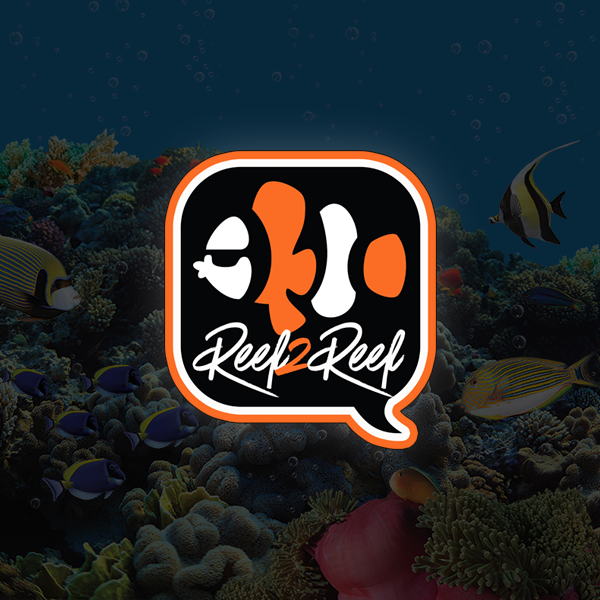thesassyindian
Guest
Thank you!Your tank is amazing and reading your journal is also very good. Its hard to believe that your tank is less than a year and it looks that amazing. You are doing an amazing job
Thank you!Your tank is amazing and reading your journal is also very good. Its hard to believe that your tank is less than a year and it looks that amazing. You are doing an amazing job

 www.reef2reef.com
www.reef2reef.com
Oh damn! I didn’t think you could dip SPS in H2O2. Also, this doesn’t look like bubble algae. It’s more slimy like dinos.Looks like bubble algae to me. If that is the case, you can either let your algae eaters like emerald crabs eat it, or you can look into hydrogen peroxide dipping. There are a few places to look up how, but this is a good, succinct direction set
Hydrogen Peroxide 9%
This obviously isn't a backed or branded dip but something that some people use across the hobby. Please if you choose to use this be extra careful and wear appropriate safety gear as it is bleach after all. The main use we have for this dip is hair algae removal and it works brilliantly on soft corals and in particular zoas. The dose we use is 10ml of 9% peroxide per litre of water, leave the coral for 5-10 minutes, and the algae should start vigorously bubbling. Once the dip is finished, remove the coral and replace in the aquarium. If it is a small aquarium it may be worth rinsing the coral first. This dip can also be used on lps but i would use a lower dose. The algae will not immediately fall off but will turn grey over a day or so and either be eaten by cuc or fall off within a couple of days. It is recommended that you watch the coral to see there is no adverse reaction and if there is then remove the coral immediately.
Pros
Cons
- Works wonders on algae and some pests
- Cheaper than some branded dips
- Saves frags and zoas being smothered and killed from algae
- Little Margin for error! overdoses can be catastrophic on dipped corals.
- Harsh on coral, they can take a while to open back up when returned to the aquarium.
- Gloves and ideally goggles should be worn
- Harder to source and they chemist may not think its a viable reason to purchase peroxide......
Tips
if you are not sure of the dose to use then you can work your way up gradually, adding maybe 5ml every 30 seconds or so. Once the Algae starts to bubble leave it a few more minutes without adding more and remove.
Bare in mind there are different concentrations of peroxide available so if it is different use the above method to work out a dosage.
Once again if you are not sure or confident doing this then please don't.
Coral Dipping for pests | Kraken Corals
The importance of dipping your corals for the rest of the tank and what dip to use.krakencorals.co.uk
Personally, I haven't and wouldn't mess with dips other than for educational purposes, or if I knew a colony were infested. I would try swishing it in some salt water in a bowl and see if it comes off that way. I prefer mechanical removal over chemical 10 out of 10 times.Oh damn! I didn’t think you could dip SPS in H2O2. Also, this doesn’t look like bubble algae. It’s more slimy like dinos.
Hmm...I have some sailboat parts to throw in there with the mount.Finished waterjetting the hydra 26 stand brackets yesterday.
Time to powder coat!
View attachment 29831
Fresh out of the oven!Hmm...I have some sailboat parts to throw in there with the mount.
Looking forward to seeing your finished product!
The sarcasm is heavy with this oneLook at me casually fabricating a $500 mount with scrap material, hahaha I love it!
Yea I think I spent 10 bucks on mine for screws and 3D material.The sarcasm is heavy with this one
But I get it, since HMS mounts are only like $80-$100.
I specifically needed one that sat on the countertop, which wasn’t available COTS.
What’s the 3D modeling software used ? Fusion360? Rendering is niceInspired by @Mason 's DIY Hydra 26 mount, I'm designing one for my tank.
The main difference is that the light will be sitting on the countertop, and not clamped to the 5mm thick tank glass and running the risk of cracking it.
Iso:
View attachment 29575
Bottom view:
View attachment 29576
SolidWorks with Photoview360What’s the 3D modeling software used ? Fusion360? Rendering is nice
Coooool! how's the tank liking it?
So far so good! Thanks to @Srt4eric and you, the shadowing is a lot lower, after switching to the Hydra26.Coooool! how's the tank liking it?

